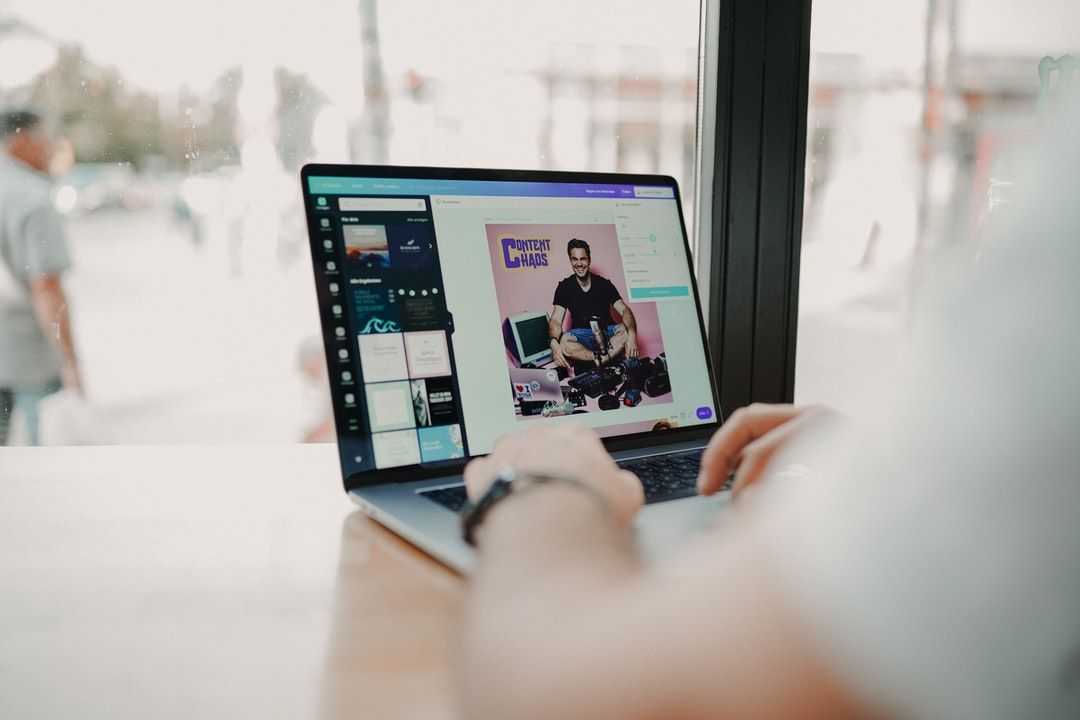Nearly 70% of all activity online begins with a search engine. The majority of search engine users (75%) don’t bother checking the first page of results, though. Without search engine optimization (SEO), consumers might not find your website online.
Even with an SEO strategy, the wrong mistakes could cost you top-of-page rankings.
Want to boost your SEO performance to reach more customers this year? Read on to make sure you’re avoiding these seven costly mistakes first!
1. Never Gathering Research
One of the biggest SEO mistakes you can make is attempting SEO marketing without research and a strategy first.
Without research, you’ll make assumptions about who your customers are, what they care about, and their search intent. Their search intent indicates what they expect to find during a search. If your content doesn’t match their intent, Google won’t display it on search engine result pages (SERPs).
Gathering audience and keyword research will help you create content that aligns with the user’s search intent. Then, you can make sure your website appears in front of relevant consumers.
Start by segmenting your target audience into smaller, distinct buyer personas. You can define these personas based on demo- and psychographic research. For example, you might consider the consumers:
- Location
- Gender
- Age
- Marital status
- Household income
- Buying behaviors
- Interests
- Hobbies
- Pain points
Focus on the pain points your customers are experiencing. How can you leverage your expertise to offer them a solution?
Think of each buyer persona as a real person. What questions do they ask while online? Keyword research can help you appear for those searches.
You can gather keyword research using Answer the Public, Google Trends, or by working with an SEO agency.
Focus on longer keywords that include four or more words. These longtail keywords are precise, allowing you to better determine the search intent.
As you begin applying these SEO tips, imagine each persona as a real person. Create your SEO content with specific consumers in mind. Personalization will help you forge stronger connections with your target audience.
2. Neglecting Your Website
Another major SEO mistake you can make is ignoring your website. Google prioritizes sites that are:
- Mobile-friendly
- Secure
- Easy to use and navigate
- Fast
Run your site through Google’s PageSpeed Insights and Mobile-Friendly Test to check its performance.
Try to improve the user experience (UX) on your site, too. A positive UX can improve your dwell times. Higher dwell times can boost your SEO performance and organic rankings.
If you’re neglecting technical SEO, visitors will leave without exploring. Your bounce rate will start to increase, negatively impacting your rankings.
3. Forgetting to Create Fresh Content
Google also prioritizes fresh, unique, helpful content that aligns with the user’s search intent.
Take the time to develop a content marketing strategy that aligns with your SEO marketing strategy.
First, take a look at your keyword research. Let your focus keywords determine what topics you’ll cover.
Don’t write content and place the keyword within the post after the fact. Otherwise, the keyword might sound awkward within the content.
Try to mix up your content marketing strategy this year, too. Create more interactive content, like polls and quizzes. Try eye-catching graphics like infographics or engaging videos.
Diversifying your content will ensure your posts appeal to different consumers.
About 70% of marketers say content helps educate their audience. Focus on demonstrating EAT (expertise, authority, trustworthiness) overselling within your posts. Otherwise, heavy sales language could scare readers away.
Instead, provide readers with helpful solutions to their problems.
Then, add a call to action at the end of your post. Direct readers to contact you for help or information. You can also direct them to other blogs or the product page on your website.
When creating your content, don’t neglect internal and external links, too.
Make sure to focus on quality over quantity to create the best SEO content possible.
4. Never Generating Backlinks
Backlinks are one of Google’s top-ranking factors. These links direct readers on other websites to your content. The more backlinks you generate, the more traffic you can gain.
Start generating backlinks by looking for guest blogging opportunities on websites that have high domain authority (DA).
Otherwise, consider working with the best SEO marketing agency. They can help you generate quality backlinks for stronger rankings.
5. Mismanaging Your Listing
If you want to boost your SEO performance, you need to consider all types of SEO. For example, local SEO can help you reach nearby customers.
Make sure to claim and optimize your Google Business listing. Confirm that the information on your profile matches what appears on your website. Match every abbreviation, too.
Google will review your website to verify the information is accurate.
Ask you’re happy customers to post their reviews on your listing as well. Positive reviews can boost your brand’s credibility and SEO performance.
Otherwise, update your listing with fresh videos, images, and posts.
6. Writing Weak Titles and Descriptions
Your SEO title tag and meta description will appear on SERPs as consumers search for your content. Strong titles and descriptions can boost your clickthrough rate. A higher clickthrough rate can improve your SEO performance and rankings.
It will also help you attract more traffic to your site.
Make sure your titles and descriptions are easy to read and understand. Don’t forget to add your focus keyword to both, too.
7. Never Hiring a Pro
One of the biggest SEO mistakes you can make is neglecting to work with an experienced professional. You can leverage an SEO agency’s experience and expertise to boost your rankings. Meanwhile, you can focus on what matters most: your customers.
With help from an agency, you’ll never fall behind the latest SEO trends like voice search optimization.
Instead, you can continue improving your SEO marketing strategy to expand your reach online.
Boost Your SEO Performance: Hire an Agency to Avoid These Costly Mistakes
Don’t miss the chance to boost your SEO performance this year. Instead, make sure you’re avoiding these costly SEO mistakes. Otherwise, consider working with an experienced SEO marketing agency.
With help, you can improve your rankings in no time.
Want to work with the best SEO agency available? We’re here to help.
Get in touch with our team today to get started.









